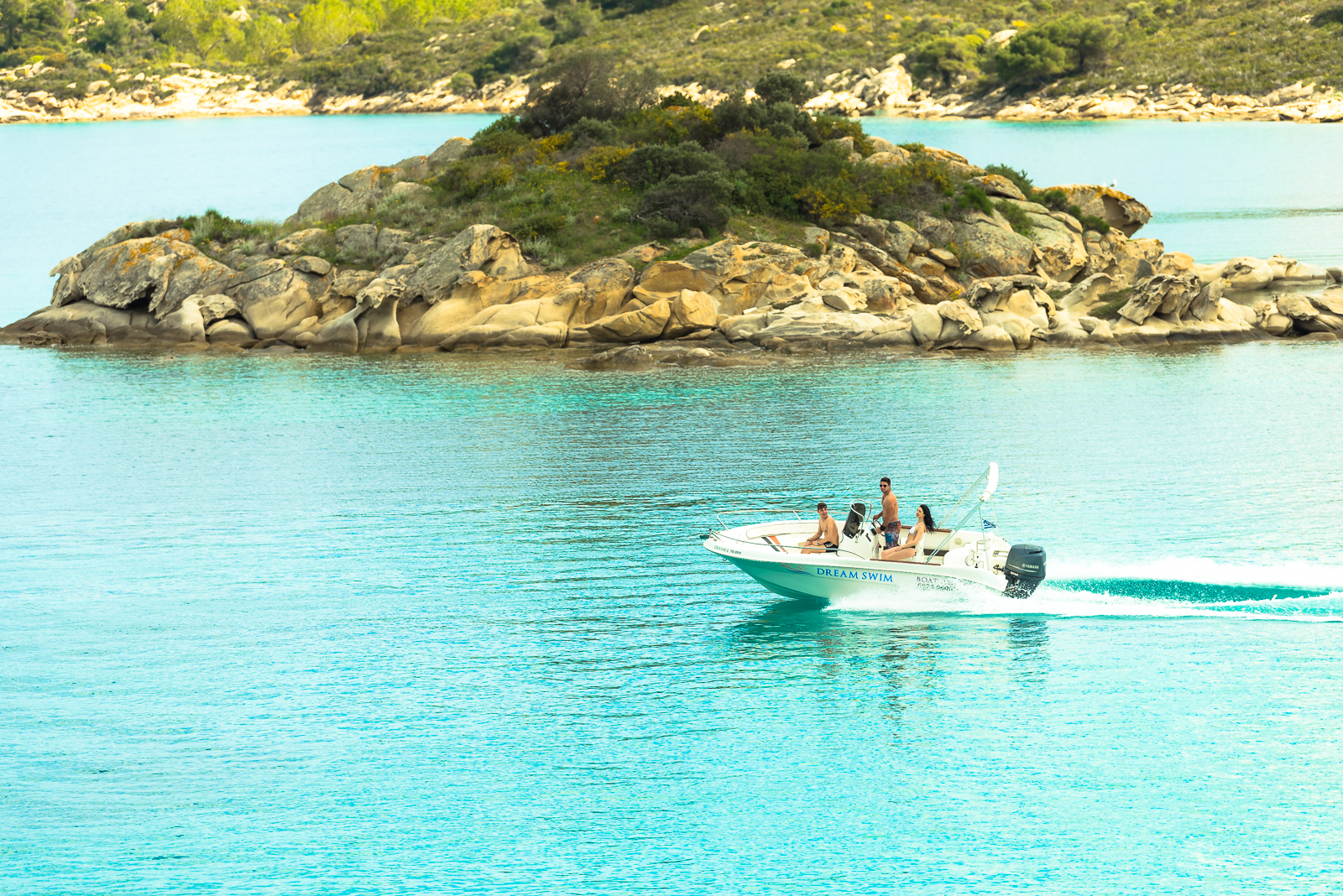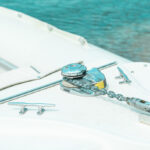In the world of motor boating, dropping anchor is more than just a practical skill; it’s an art form that combines precision, knowledge, and a touch of finesse. Whether you’re seeking a tranquil cove for a relaxing afternoon or preparing to enjoy water activities in a secluded spot, understanding the art of anchoring is crucial. In this blog post, we’ll explore the key aspects of dropping anchor for motor boats, turning what might seem like a routine task into a seamless and enjoyable part of your boating experience.

Choosing the Right Anchor:
The first step in mastering the art of anchoring is selecting the right anchor for your motor boat. Anchors come in various types, including fluke anchors, plough anchors, and Danforth anchors. Consider factors such as the size and weight of your boat, the type of seabed in your boating area, and the prevailing weather conditions.
Fluke Anchors: Ideal for sandy or muddy bottoms, fluke anchors offer a good grip and are relatively easy to handle.
Plough Anchors: Suitable for a variety of seabeds, plough anchors provide excellent holding power and are known for their reliability.
Danforth Anchors: Effective in sandy or muddy bottoms, these anchors are lightweight and easy to manage, making them popular for smaller motor boats.

Understanding Anchoring Techniques:
Dropping anchor involves more than simply tossing it overboard. Understanding various anchoring techniques ensures a secure hold and prevents drifting. Key techniques include:
Bow Anchoring: Dropping the anchor from the bow allows the boat to swing with the wind or current, offering stability. Ensure the anchor is securely fastened and that you’ve let out enough rope (anchor line) for the depth of the water.
Stern Anchoring: Useful when you want the boat to face a specific direction, stern anchoring involves dropping the anchor from the rear of the boat. This is common when anchoring for fishing or enjoying a scenic view.
Tandem Anchoring: In challenging conditions, using two anchors can enhance stability. This involves dropping both a bow and stern anchor, providing a more secure hold.
Calculating Scope and Setting the Anchor:
The “scope” refers to the ratio of the length of the anchor road to the water depth. A common rule of thumb is a 7:1 scope, meaning if the water is 10 feet deep, you should let out 70 feet of anchor rope. Ensure the anchor is set by slowly reversing the boat to apply gentle tension on the road, allowing the anchor to dig into the seabed.
Monitoring and Adjusting:
Successful anchoring isn’t a one-time affair; it requires ongoing attention. Keep an eye on your surroundings and be mindful of any changes in weather or tide. If you notice the boat drifting or the anchor dragging, it’s essential to take corrective action promptly.
Use Landmarks: Identify landmarks onshore to help you gauge whether you are holding a position. This can be especially helpful if you plan to stay anchored for an extended period.
Regular Checks: Periodically check the tension on the anchor rode and inspect the anchor for any fouling or dragging. This ensures a continuous and safe anchoring experience.
Retrieving the Anchor:
Retrieving the anchor is the final step in the art of anchoring. Approach the anchor slowly, pulling it vertically to avoid bending or damaging it. Once the anchor is on board, secure it properly, and stow it in a designated location.
Mastering the art of anchoring for motor boats goes beyond the mechanical process of dropping and retrieving an anchor. It involves a deep understanding of your boat, the environment, and the techniques that ensure a secure and enjoyable experience on the water. As you refine your anchoring skills, you’ll unlock the freedom to explore serene coves, engage in water activities, and enjoy the tranquillity of the open sea with confidence and finesse.








